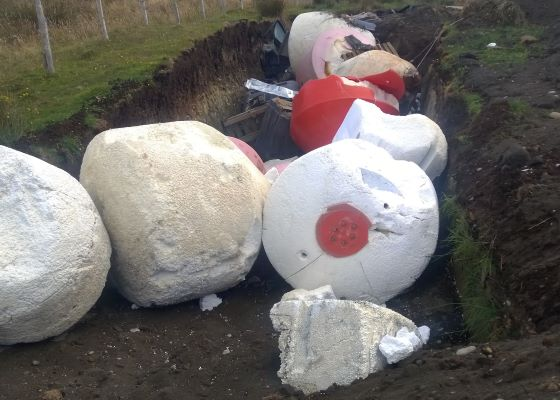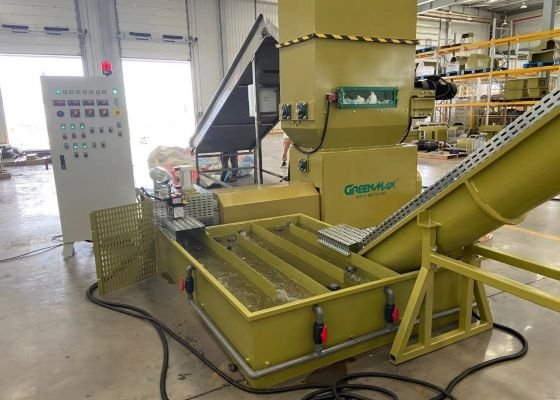What to do with the used polystyrene buoy in the sea? -Polystyrene compactor gives solutions
Anaïs Buffard, project manager at OSL, a Guyanese association dedicated to the preservation of marine and river environments, and her colleagues participated in the “training” provided on the ship. OSL discovered, during diagnostics carried out on the coast and the Maroni River, that 95% of the waste stranded was plastic. Among them, 28% come from fishing activity. When it comes to catching fish, we think of expanded polystyrene buoys. Currently, many areas recommend using other types of materials to replace expanded polystyrene to make buoys. Because of expanded polystyrene, if you observe it yourself, you will find that this material is actually made of countless beads, which float on the ocean for a long time and are affected by bad weather. For example: Tsunami, high temperature exposure, etc. This situation will inevitably cause the expanded polystyrene to scatter. When polystyrene beads are scattered in the ocean, they become what we often call "microplastic" pollution.

So, how do we recycle discarded polystyrene buoys? Can this kind of buoy be successfully recovered at present? In fact, this waste, like other polystyrene, can be recycled efficiently.
This year, we helped a customer in Australia successfully recycle discarded polystyrene buoys from fish farms. This customer is engaged in the salmon farming industry in Tasmania. Due to local policy, it is not recommended to continue to use polystyrene buoys, so they decided to abandon this material and recycle the waste. Because these buoys have been on the shore for a period of time, they do not contain much water. After understanding the situation, engineers suggested using hot melt technology for recovery. In the end, the customer chose GREENMAX polystyrene densifier for polystyrene compression. In order to achieve a high degree of automation, this customer not only chose polystyrene densifier, but also used a water cooling system. That is to say, when the polystyrene densifier heats and melts the waste, a cutter will cut the melted polystyrene into small pieces, and then these small pieces will fall into the water tank, following the driving force of the water flow and moving forward continuously. In this process It's enough to be cooled down. Finally, automatic bag dropping is realized through screw conveying.

The actual situation of the material and other factors of the customer will affect the choice of recycling equipment. Perhaps just because of a small difference, there will be two completely different recycling solutions. If you want to recycle with the highest efficiency, then You are welcome to consult GREENMAX at any time.
